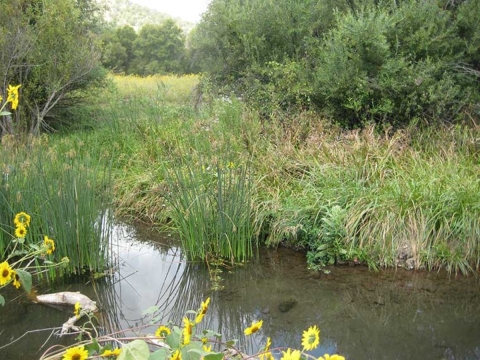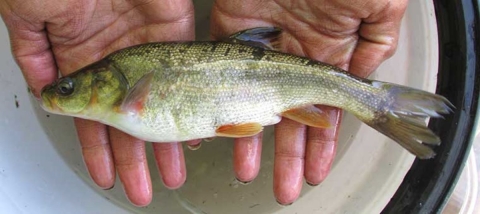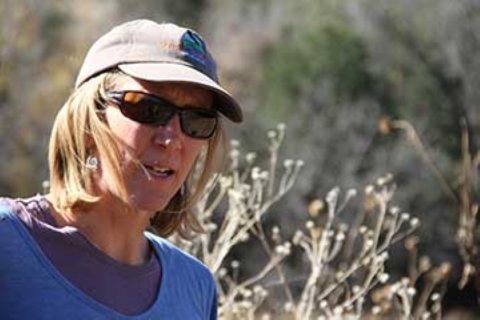Maps make interesting reading and you can find all genres including poetry, biography, and natural history. A map of southern New Mexico’s Mimbres Valley has a little of it all.
First, the verse: there’s poetry in the habit of rivers. The Mimbres River seeks to bend and curl and let its energy go in meanders. All rivers want to do it at some point and riparian riparian
Definition of riparian habitat or riparian areas.
Learn more about riparian ribbons are among the most beautiful shapes in nature.
Biography: Stitzel Canyon steers summer monsoons downhill into the Mimbres, feeding it water and rock with the seasonal freshets. David Stitzel came to New Mexico a Union soldier in the California Column during the Civil War. The Rebels had already vacated New Mexico by the time the Californians arrived. Stitzel mustered out in Mesilla, married local, and stayed. He killed a man in an argument over a farm implement—manslaughter—and earned a place name.
Natural history: The Mimbres River valley and its springs are home to Chiricahua leopard frog and Chihuahua chub. The Mimbres flows out of the Gila Wilderness and off the west flank of the Black Range, part of a physiographic province called the Mogollon Rim which spans in a massive arc-shaped form over parts New Mexico and Arizona.
After pouring off the cragged mountainsides the river threads through canyons that most anywhere along the way look like scenes on tourism advertisements. The Mimbres feeds otherwise friable flat fields of alfalfa, orchards, pasture and chile.
What’s left of the river is soaked up by sun and sand well downstream. And the fact that the river naturally terminated on the desert floor leads partly to the valley’s biological diversity. The threatened Chihuahua chub swims nowhere else in the United States, save for the Mimbres. This is a curious artifact of natural history: the shiny chub persists far to the south in the Guzman Basin of Mexico.
The native chub must compete for food and space with non-native fishes, and that has contributed to its decline. The Chihuahua chub was thought extinct for many years until it was rediscovered in 1975.
What’s harmed the chub has diminished the number of Chiricahua leopard frogs as well, the lack of habitat. “Mimbres” is Spanish for “willows.” The Mimbres River was at a time profusely lined with willow thickets—a sure sign of soppy soils. Those thickets and soils are fewer and so are the frogs.
So, a patch of flat field just upstream from Stitzel Canyon holds the promise of improving the lot of two animals in greatest need. A 208-acre spot of ground owned by The Nature Conservancy encompasses much of Moreno Spring, named for former landowners who left an imprint.
The spring emanates over a large spongy area with hummocks of dry ground between pockets of mushy soil with some open waters interspersed. The Mimbres River probably at a time not too distant meandered into the foot of a low bluff where the spring now exists. The spring may be a relic of a former river channel.
The Nature Conservancy and the Partners for Fish and Wildlife Program teamed up to improve Moreno Spring for the benefit of Chihuahua chub and Chiricahua leopard frog. Partners for Fish and Wildlife is a cost-share program whereby private landowners volunteer to conduct wildlife conservation work in partnership with the expertise and funding provided by the Partner’s program.
That expertise came through Service biologist Angel Montoya. Montoya facilitated the spring rehabilitation alongside Martha Cooper representing the landowner, The Nature Conservancy. The project yielded more fish and frog habitat—habitat used by a litany of other creatures as well.
“The return on investment was significant,” said Montoya. “You could see right away dramatic results; the leopard frog responded and chubs swim in the open-water pools and the spring-run to the river.”
What had been akin to a bog was transformed into a glade with a dozen pools of varying sizes, shapes and depths. Chiricahua leopard frogs have more habitats to loaf and breed, and deeper water where they dive to escape predators. The spring has a reliable open source to the Mimbres River where Chihuahua chub can swim to and from.
Inspired by the work completed and the conservation benefits readily apparent, the New Mexico Department of Game and Fish amplified what had been done. Using a State Wildlife Grant through the Service’s Wildlife and Sport Fish Restoration Program, more chub and frog habitat was added along the Mimbres River.
“Backhoes using rock, trees and root masses reconfigured river banks toward a natural shape and reconnected the Mimbres to the floodplain,” said Cooper. “Small, off-channel ponds built on the floodplain next to the river are prime habitat for Chiricahua leopard frog. They will offer frogs much-needed safe refuge during high flows.”
Cooper notes another benefit. Water slowed up in soppy soil and off-channel swales keeps the water on the land a little longer. That’s good for wildlife—but it’s also good for people downstream—particularly those who irrigate crops.
There’s another genre in map-reading: autobiography. Place names are our story, a transcription. The Mimbres River and attendant Moreno Spring on this piece of private land reside on a contour that’s coming around full circle—to the way things used to be—for the betterment of fish and wildlife.









